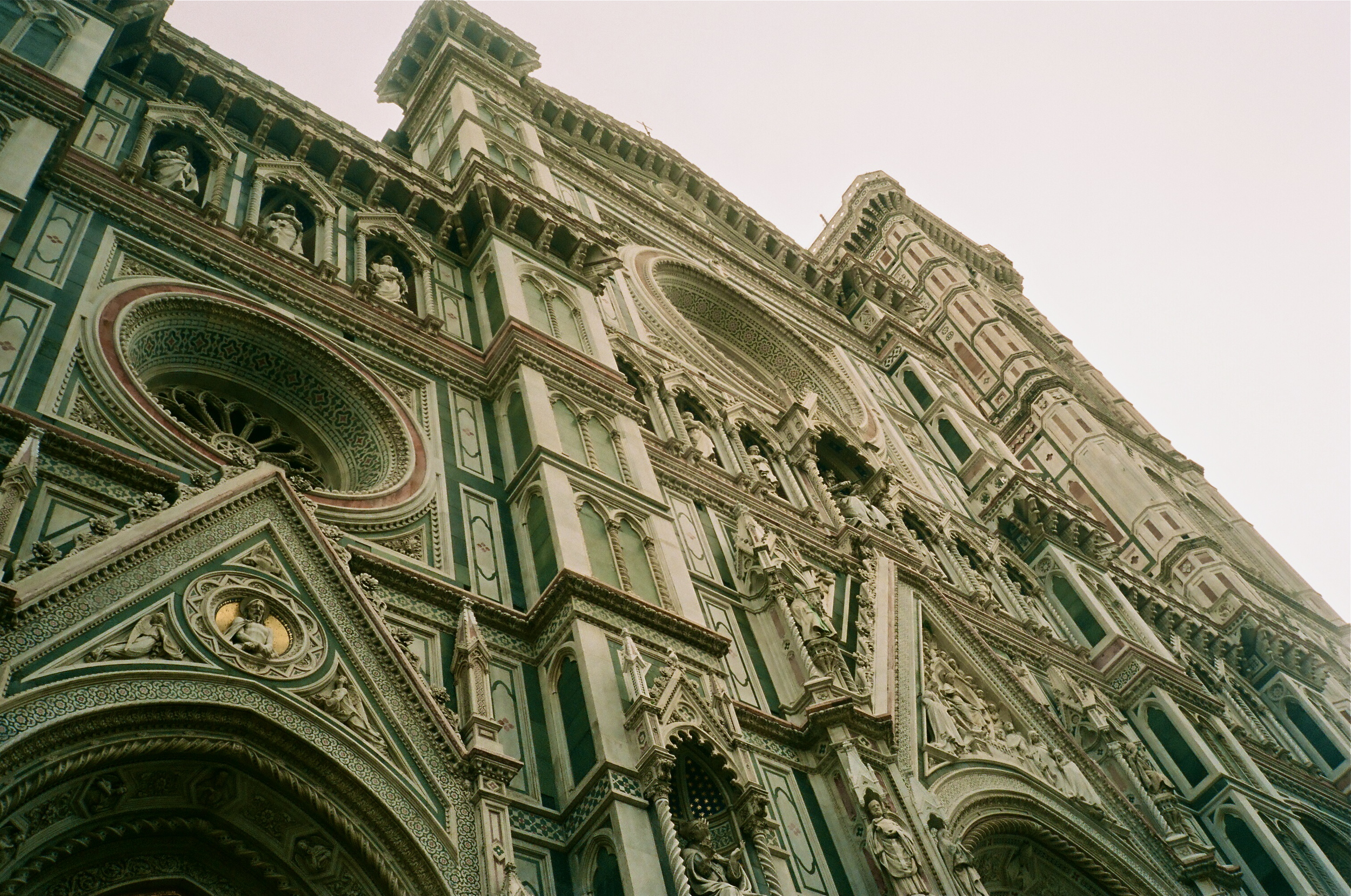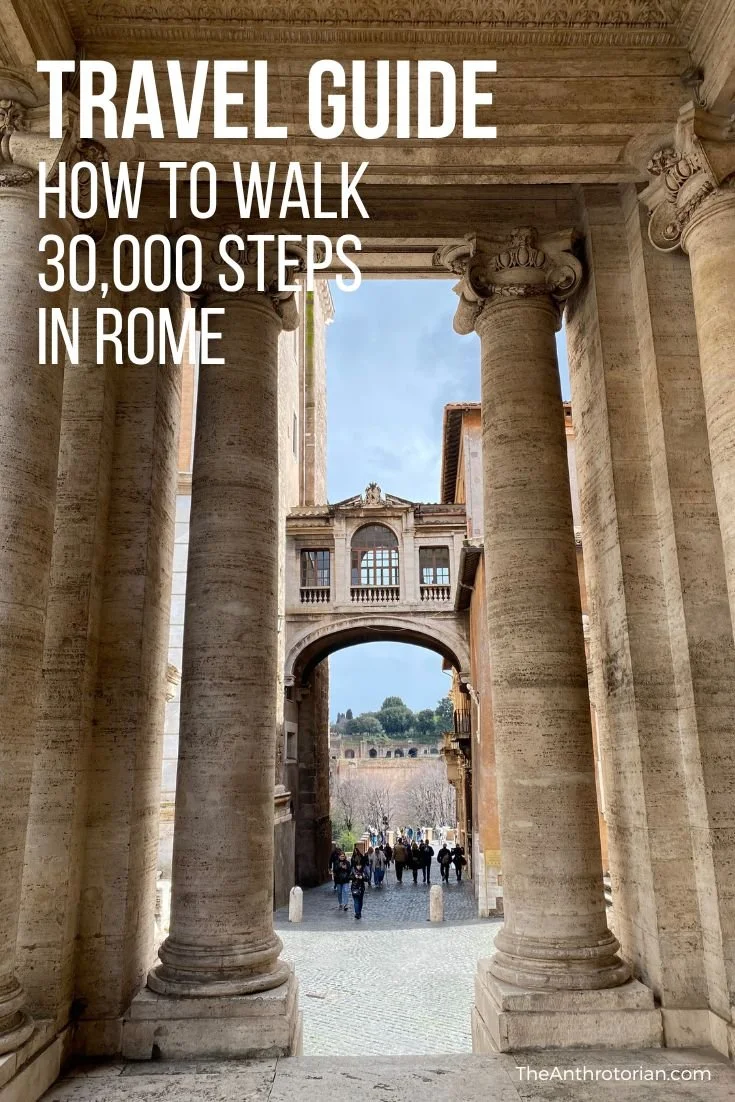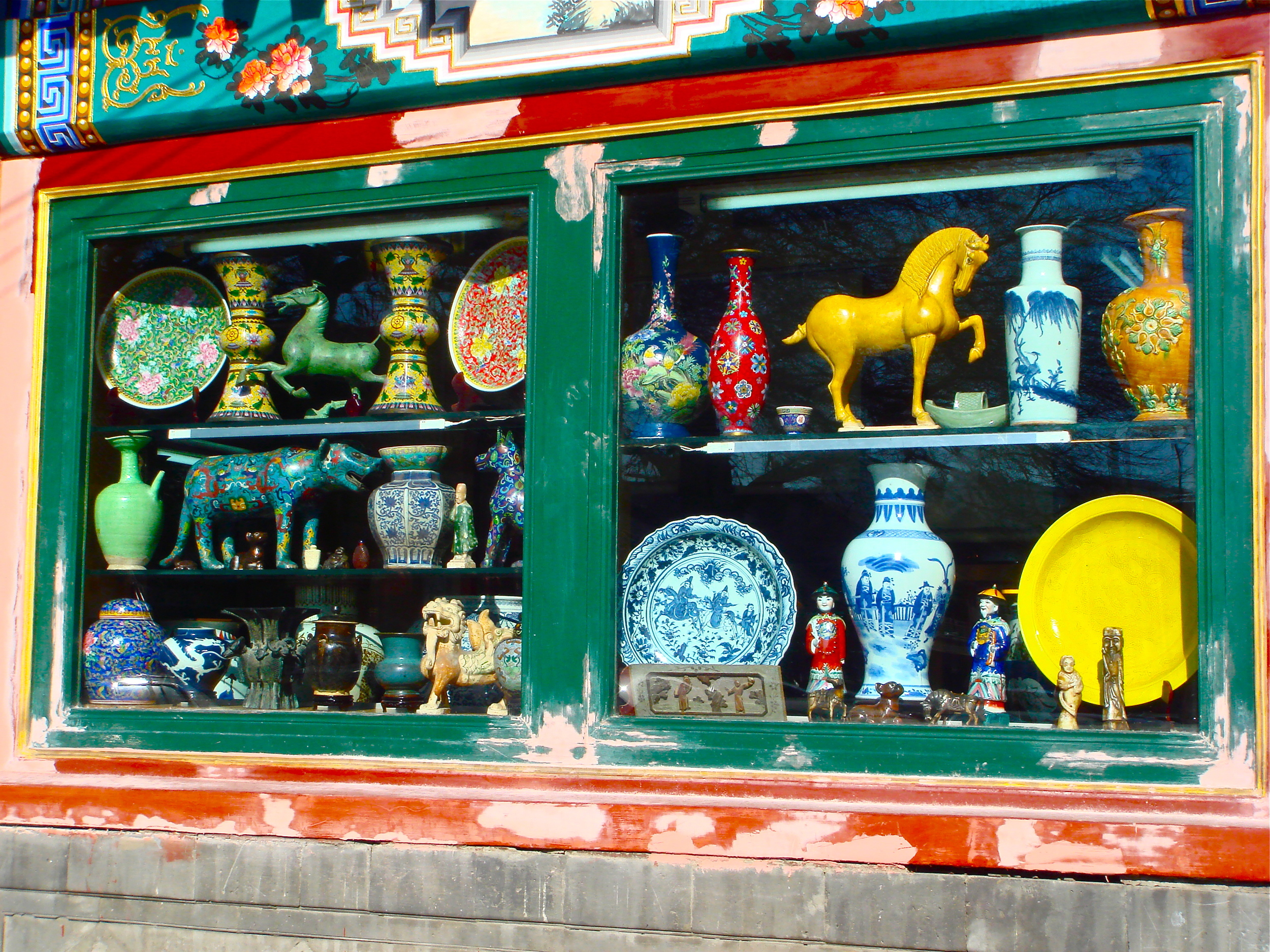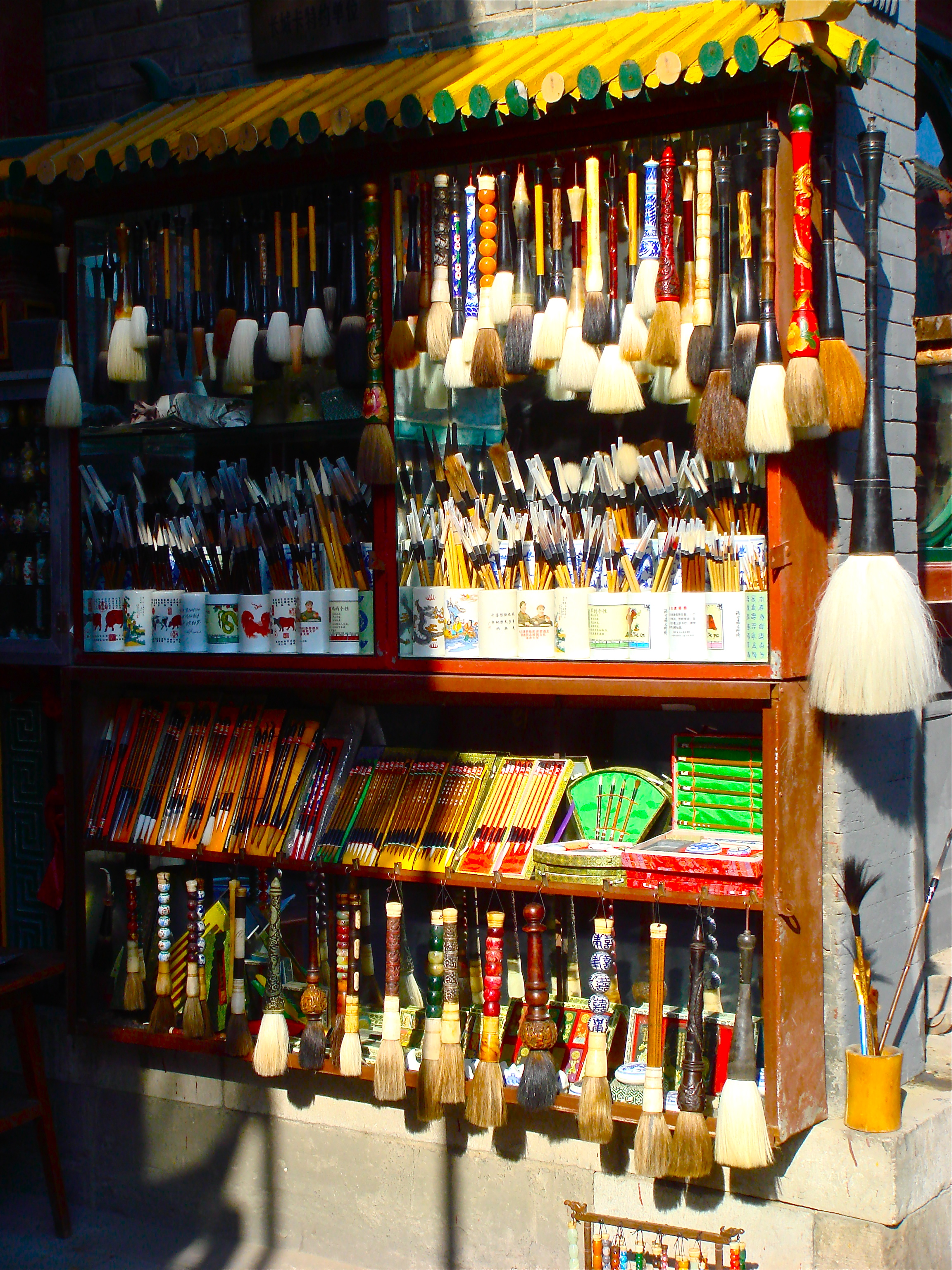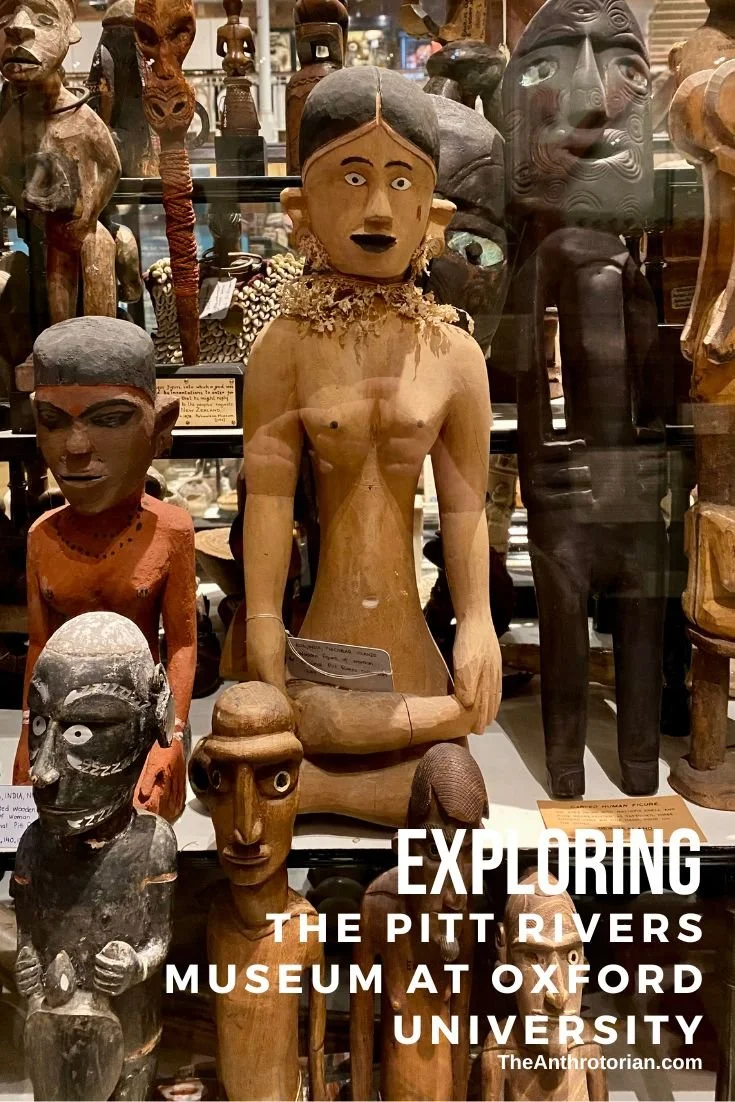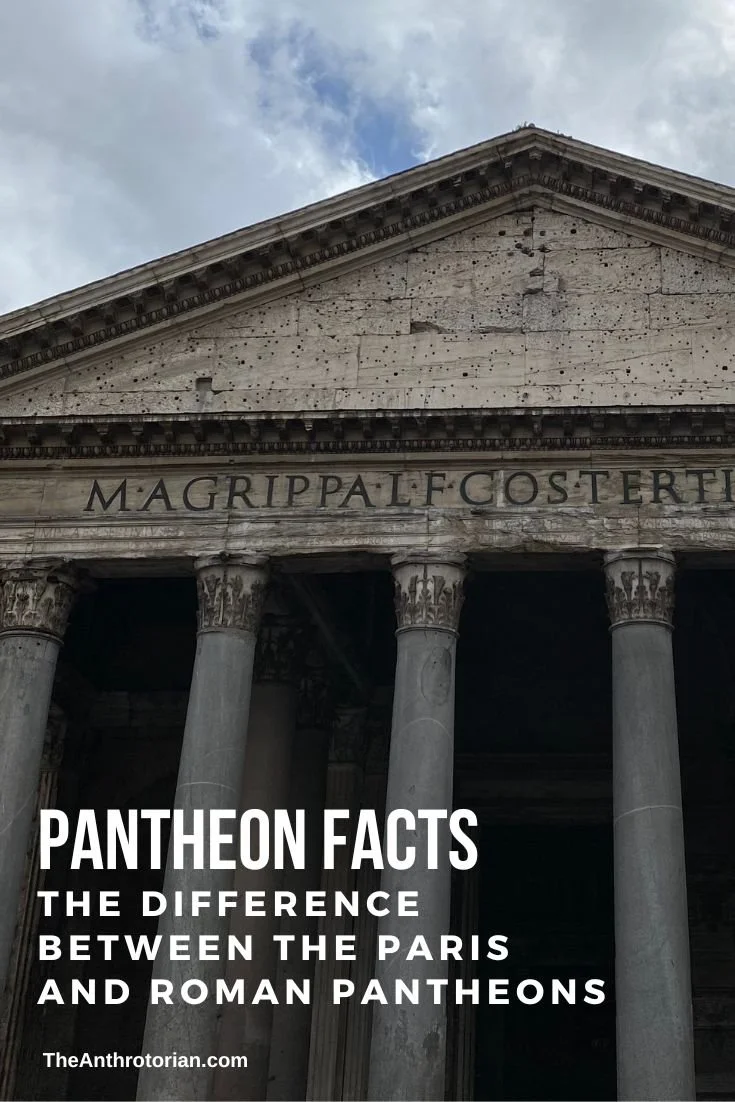The travelers of this world understand why traveling is addictive. There is this thrill of being in a new place, the sensation of experiencing something that you can only experience in this one exact spot. Sometimes it is the vibe of a Central American beach town or an Asian metropolis that captures your heart, sometimes it is a remote stretch of wilderness that takes your breath away.
Read More8 Things You Must See and Do in Florence
Winding cobblestone streets lined with tall, stone buildings filled with shops, cafes and restaurants. Churches covered in the art works of Italian masters. Fashion trends that won't make it to North America for years. Museums overflowing with paintings, sculpture and sketches. Walking in the footsteps of Michelangelo, Leonardo, Donatello and Raphael (no, not the Ninja Turtles)... what isn't there to see and do in the glorious city of Florence!
Here is your guide to the top spots to see and the best things to do when visiting Florence!
1. The Duomo
Though you may have spotted the terracotta coloured tiles of Brunelleschi's massive dome long before you come upon the cathedral, the first time that you turn the corner and find yourself in front of the pink and green marble facade, you are sure to have the wind knocked out of you.
The church is gigantic, towering above all the buildings surrounding it, and breathtakingly beautiful.
The best time to visit is in the off-season, when the interior is open to all, nothing is closed off to tourists and the echoing halls are quiet, deserted, and lit by flickering candlelight.
2. The Baptistery and The Gates of Paradise
Across from the Duomo sits the octagonal shaped baptistery that was built on the site of an ancient Roman temple as early as the 5th century. Dante was among the celebrated figures that have been baptized in this marble structure that is famous for its gilded bronze doors, the most famous being Ghiberti's Gates of Paradise (pictured below) — 10 intricate panels depicting stories from the old testament. The one's hanging are replicas but you can check out the originals at the Museo dell'Opera del Duomo.
3. Piazza della Signoria
This expansive piazza is the political hub of the city and is surrounded by some beautiful historic buildings including the Palazzo Vecchio which is the seat of the Florentine government and full of murals by iconic artists.
The Piazza also contains a sculpture gallery (a great spot to people watch from on a warm evening) and an exact replica of the famous David by Michelangelo.
4. Galleries
The Uffizi Gallery, built in the 16th century by the artist and art historian Vasari, is the home of the private art collection of the Medici family — essentially the 'royal family' of Florence at the height of the Renaissance and passionate art patrons. Works by masters like Michelangelo, Leonardo, Donatello, and Raphael can be found here as well as stunning paintings by Botticelli (my personal favourites).
Another 'can't-miss' is the Galleria dell’Accademia, which is the home of the original David and Michelangelo's unfinished Slaves that give a unique insight into the artist's process.
5. Ponte Vecchio
The only bridge that survived the Nazi explosives in 1944 (pictured above), this unique 14th century structure is the home of the city's most beautiful jewellery shops.
Unless you are travelling with a pocketful for cash, don't expect to do more then window shop on this pricy strip, but something as unique as a bridge covered in houses is definitely worth the visit.
6. Piazzale Michelangelo
It's a bit of a trek, but the views from this plaza (pictures below), across the river from the centre of the city, are worth every drip of sweat.
On a clear day, you can see straight to the green Tuscan hills beyond the city.
7. Cafes, Restaurants, and Wine
There are some fantastic cafes, their tables spilling out into the street, between the Duomo and the Piazza della Signoria, as well as some great spots for gelato.
Florence is incredibly close to the Chianti region which means some delicious wine, readily available at extremely low prices, and there are no rules about drinking in the streets so grab a bottle from a local grocery store and head to the Piazzale Michelangelo to enjoy a sunset after a long day of sightseeing!
8. Shop, shop, and shop some more
Florence contains everything from department stores to street markets and everything in between.
Most boutiques, jewellery shops and designer stores are located between the cathedral and the Arno river, while the best spot to find leather, souvenirs, hand-bound books, clothing, and jewellery at low prices is at the Piazza del Mercato Centrale (an open-air market located near the train station).
Travel Tales: Exploring A Historic Beijing Hutong
For the entire 20 minutes I was in his cab, my driver used the little English he knew to try and convince me to let him take me to a "very good duck restaurant" or the "Forbidden Palace". I patiently responded "No, Shay Shay" (No, thank you) every time. I wasn’t sure if he was trying to get a higher fare out of me or if he was genuinely concerned to be taking me to a place not often visited by tourists.
I had read that the best way to explore the historical hutong’s (narrow alleys) of Beijing was to wander away from the tourist spots, near the city center, where the narrow alleyways crisscrossed east-west across the city.
The enchanting maze of one-story dilapidated dwellings and courtyards are home to a quarter of the city’s population, but that number is dropping as the government continues to knock these historical areas down, determined to cover the city in modern, high-rise buildings.
Reluctantly, my driver pulled to a stop at the end of a wide, pedestrian road, lined with antique stores. I handed him my fare and climbed out of the tiny car, leaving him shouting, "acrobat show?!" behind me in a desperate attempt to get me back in his cab.
I shook my head and smiled, but didn’t turn around, there was too much to look at in front of me.
I was on one of Beijing’s antique streets lined with shops full of old books, paintings, paper and brushes as well as Cultural Revolution kitsch like copies of Mao’s Little Red Book, pins with his face on them, and statues of the now deceased leader.
Though I was intrigued at first, it didn’t take long for me to get annoyed with the pushy salespeople trying to shove their products in my face. This was clearly not the place to window shop. I wasn’t there for shopping though — I was there to explore the hutong.
Ducking through a small archway, I found myself in a deserted, narrow alleyway. Laundry hung on hangers from the overhead power lines and on ropes strung between doorways. Too small for cars to fit down, the alley had bikes and scooters parked sporadically to it’s side. I was a bit surprised to see that nothing was locked up.
Peeking through a doorway, I found myself looking straight into an outhouse. The blue wooden door sagged open and there was about half a roll of toilet paper hung on a nail just outside it (most hutong’s still don’t have plumbing).
Two men sat on stools in another doorway further down the alley, playing chess. They looked up at me surprised when I walked by, I can’t imagine that they get many foreigners walking alone through their neighborhood. I smiled at them, self-consciously slipping my camera into my pocket, and nodded before continuing on my way.
They were the only people that I saw, and after awhile, as the shadows started to get longer, the deserted alleys started to feel dilapidated and even a little eerie.
Just as I was actually starting to get scared, wondering how I was going to get out of the maze with no phone and not knowing a word of Mandarin or Cantonese, I turned a corner and almost stumbled into a busy street.
Letting out the breath that I hadn’t even realized that I was holding, I threw my arm up in the air, and a cab — after careening across three lanes of chaotic traffic to get to me — screeched to a halt beside me.
I gave him the name of my hostel and sat back listening to him offer to take me to Summer Palace and Temple of Heaven instead as we pulled back onto the busy road, leaving the maze of the hutong behind us.
How To Survive a Trip To The City of Venice
“Dear old Venice has lost her complexion, her figure, her reputation, her self-respect; and yet, with it all, has so puzzlingly not lost a shred of her distinction”
To those that have never visited the canal city before, Venice seems to be the destination that dreams are made of. A mystical place that is full of amazing photo opportunities, people dressed in masks, and intrigue around every corner.
Though all of these elements do exist, there is no denying the fact the the buildings are in serious decay, the city itself in sinking, and only about 30,000 people currently live there, leaving many of the buildings vacant and uncared for.
Don’t get me wrong, I love the place (I have been there three times) and there is nothing better than meandering down a sunny canal, with a warm cappuccino in hand. But if you aren’t prepared, your trip could end up filled with memories of wet feet, horrible smells, tourist traps, and bug bites.
Let yourself get lost
Venice is made up of 117 small islands, 150 canals and 409 bridges, none of which run in any sort of traditional grid pattern. Uneven alleys lead to bridges that lead to nowhere, and what is called a via (street) in the rest of Italy could be labeled calle, fondamenta, ruga, salizzada, ramo, corte, riva, sotoportego — you get the picture. Unless you want to keep your nose firmly planted in a map rather than enjoying the sights, fight every instinct, put your map away, and just wander.
Have an umbrella and rubber boots on hand
During the winter (November to April) there is frequent rain and flooding during high tide (called Acque Alte) in the city. Sirens will announce the flooding giving you time to race back to your hotel and throw on your boots so that you can continue your touring. If you think you can hack having wet feet consider this: the canals are extremely polluted and the water that floods the streets is usually overflow from them or the sewer drains.
Get off the tourist trail
Everyone who arrives in Venice heads straight to Piazza San Marco. A zig-zag path, marked by signs and passing by souvenir shops, takes about thirty minutes to navigate and will bring you "straight" to the famous square.
Though a must see, there are so many other areas of the city that, even in the busiest time of year, will be mostly deserted.
Venice contains over 200 churches full of famous works of art, the majority of which are located in the outlying areas like Dorsoduro and Castello.
Staying away from the cramped, people filled streets will also take you away from another huge problem in the city — pickpockets.
Be prepared for bedbugs
No one likes to talk about it, but in the last few years, with more people travelling, the incidence of these microscopic bugs that feed off human blood has risen. Though they don’t transmit diseases, they are annoying and can cause rashes and allergic reactions. They love living in warm, damp environments with porous wood, which makes Venice the perfect location. If you find yourself waking up with little red bumps on your skin, the best way to get rid of them is to wash all of your clothing and your linens in hot water and find a new place to stay.
Avoid overpriced tours
I know that every tourist’s dream is riding a gondola through the canals with your hunny while a man in a striped shirt sings to you, but the cost of these rides will quickly shatter those dreams, especially if you are on a budget. A 45 minute ride can cost over $100 for 2 people-even more if you have a larger group. Taking a water taxi through the canals, can give you the view from the water that you are looking for (though admittedly is a lot less romantic) and save you a bundle.
Avoid the high season
Lastly, for a more authentic experience with fewer tourists to contend with, try to avoid visiting between July and August, Christmas and New Years, and during Easter.
5 Unconventional Travel Tips You Won't Find In Your Guide Books
These travel tips, which are not usually found in guide books, are guaranteed to help make your trip a lot more fun!
1. Fill a zip-lock bag with balloons, bobby pins, and temporary tattoos representing your country.
Rather than giving out money, the balloons and bobby pins are great little gifts for young children that you will inevitably come across in the course of your travels.
The tattoos are great to give as gifts too, but can also come in handy in countries where people knowing where you are from (instead of making incorrect assumptions) will keep you safe. It’s a nice alternative to having a huge flag sewn onto your backpack.
2. Bring a pillowcase, not a pillow
A pillowcase can easily be stuffed with clothing to create a make-shift pillow in emergencies and also makes a perfect laundry bag.
3. Even if you aren’t a journal writing kinda person, pack a small journal and a glue stick
It is the perfect place to keep the names and contact info for people you meet and to jot down hotel/hostel names and prices of things to pass on to friends and family.
The glue stick will keep you from losing ticket stubs, postcards or other bits that make perfect souvenirs.
4. BYOWB — Bring Your Own Water Bottle
Preferably a one liter Nalgene-style one with a wide opening. You could easily drop hundreds of dollars buying water while touring around all day, so having your own bottle will save you money.
And, when packing, it is the perfect place to put breakable items like perfumes, or delicate souvenirs, so they won’t get squished or break in your bag.
5. Buy postcards, but don't send them
Everyone is trying to get that perfect, tourist-free postcard-style shot of the well-known tourist sight, but that is easier said than done.
Sometimes, the best thing to do is to just buy the gorgeous postcard as your souvenir, and focus on enjoying where you are rather than taking pictures.
